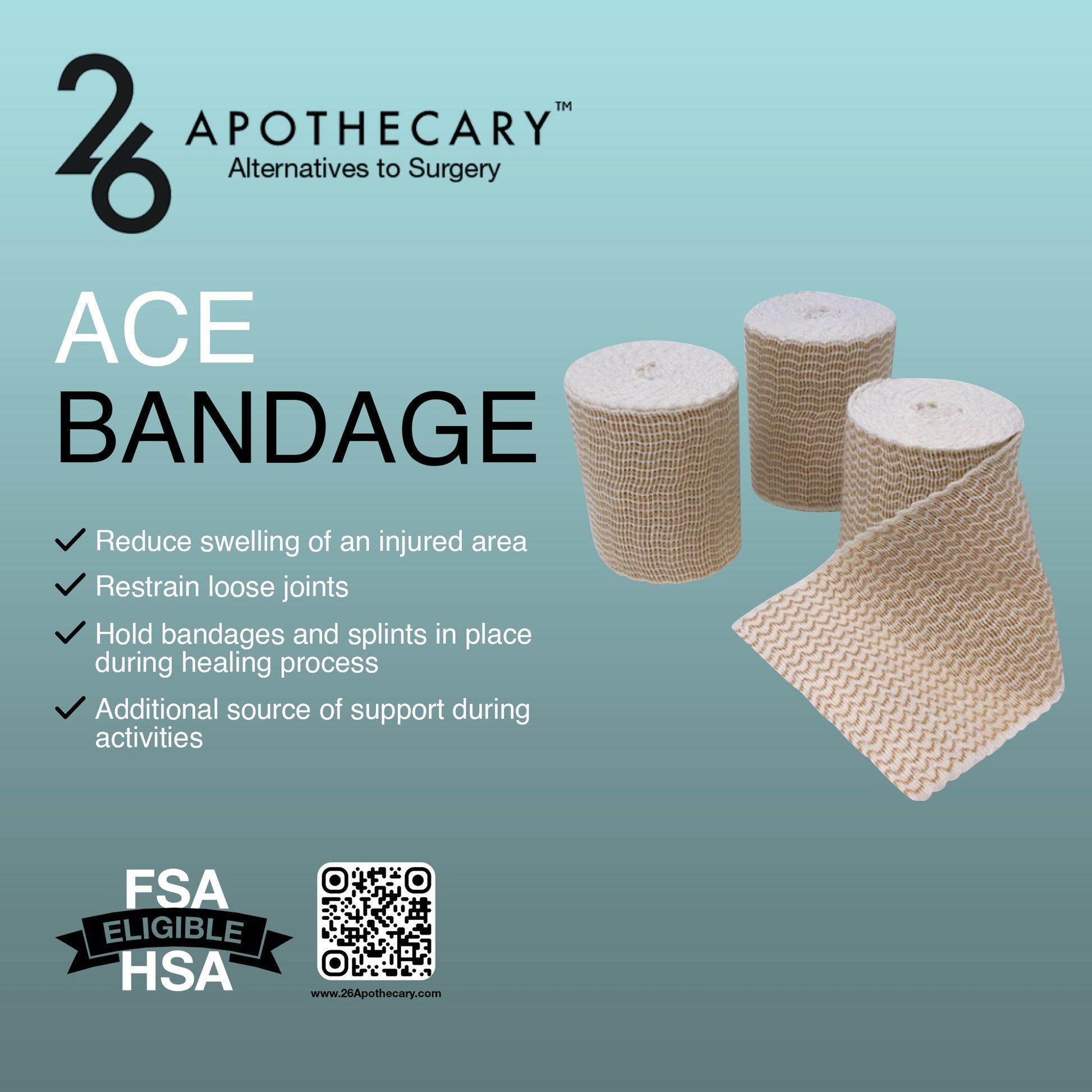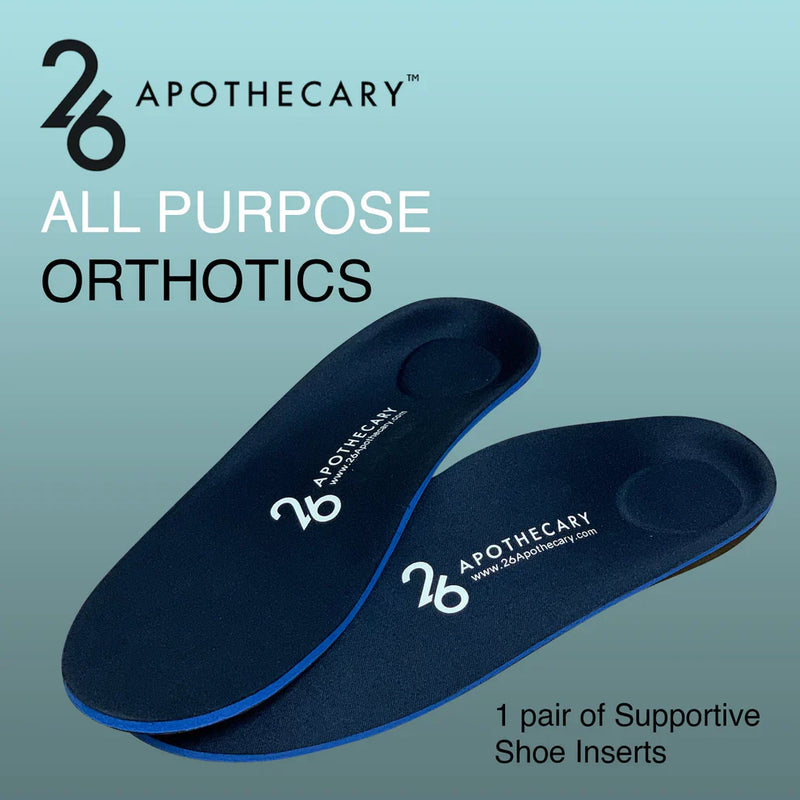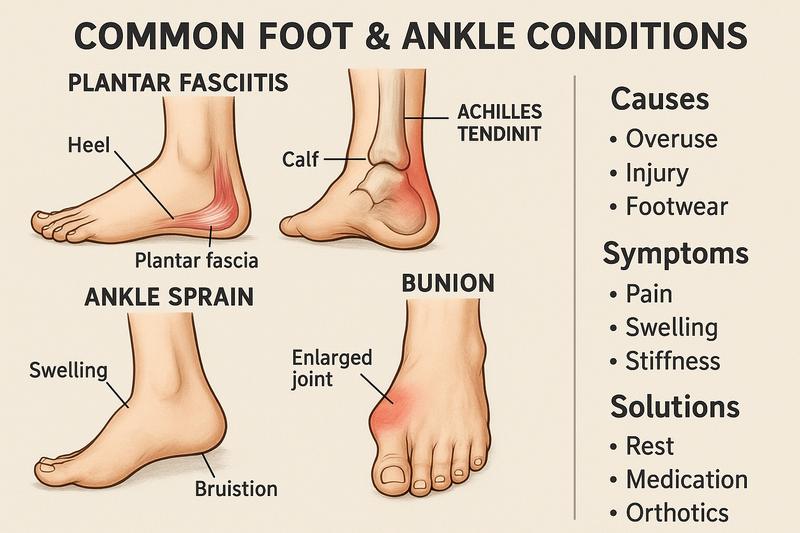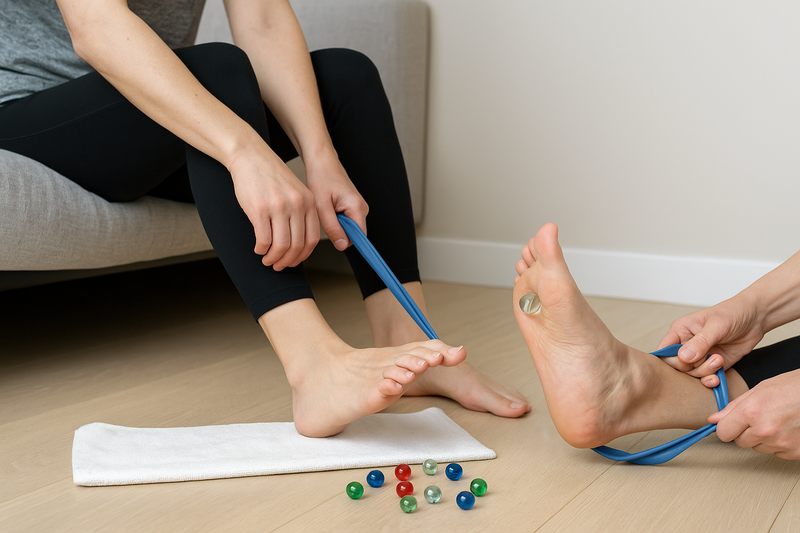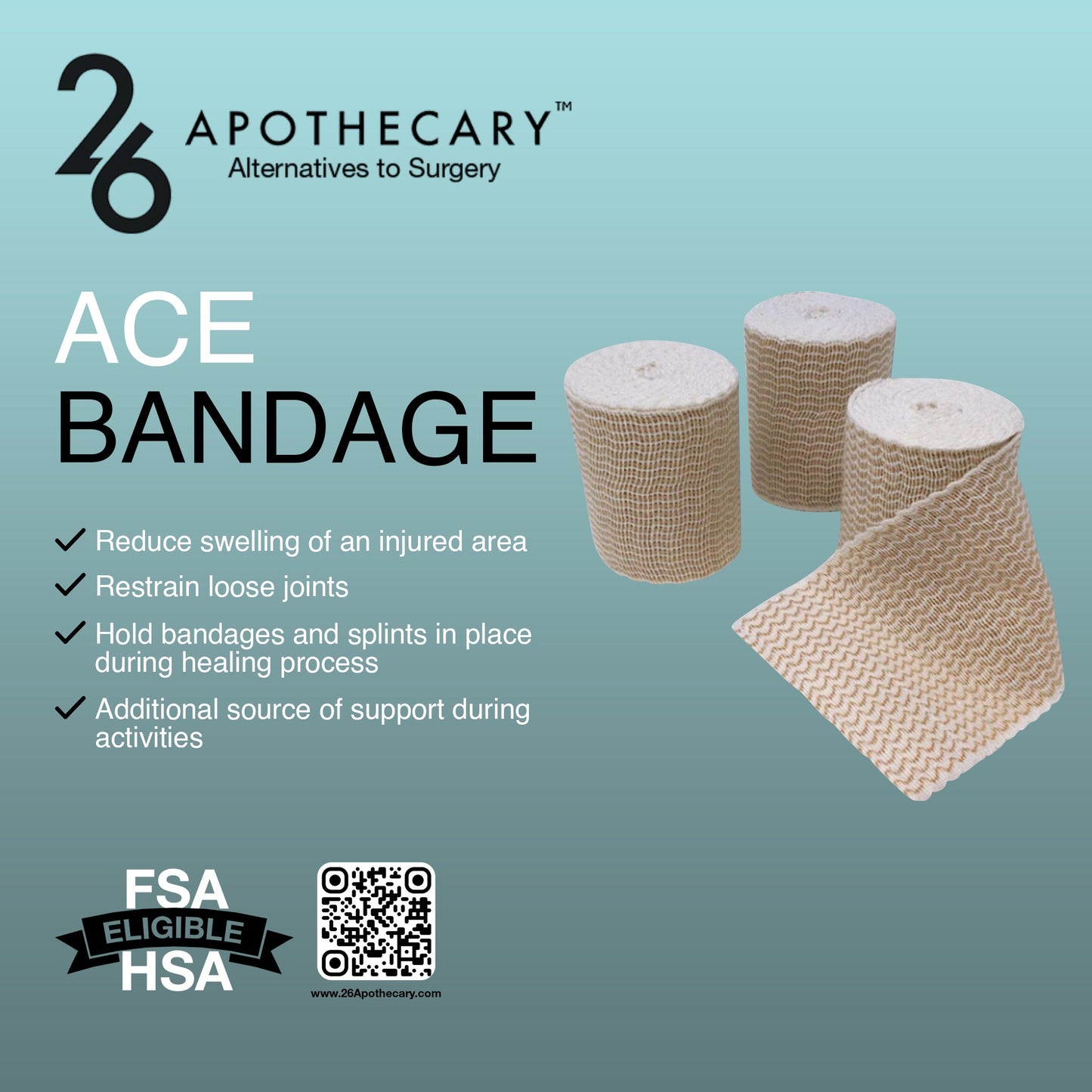
Ace Bandages: Your Guide to Effective Compression for Healing and Recovery
Ace Bandages, commonly known as compression bandages, are a staple in first aid kits and medical care. These elastic wraps are designed to reduce swelling, enhance blood flow, and support injury recovery. Whether you’re an athlete managing a sprain or someone recovering from surgery, understanding how to use Ace Bandages effectively can accelerate healing and prevent complications.
What is an Ace Bandage?
An Ace Bandage is a flexible, stretchable wrap typically made from materials like cotton, polyester, and elastic fibers. Available in various widths and lengths (2–6 inches), they cater to different body parts—smaller for wrists/ankles, larger for knees/legs. Their elasticity allows adjustable compression, making them versatile for diverse needs.
How Do Ace Bandages Work?
By applying controlled pressure, Ace Bandages:
- Reduce Swelling: Compression limits fluid buildup in injured tissues.
- Improve Circulation: Gentle pressure promotes venous blood return, preventing clots.
- Stabilize Injuries: Support joints/muscles, reducing pain and preventing further strain.
Common Uses
- Acute Injuries: Sprains, strains (e.g., ankle twists).
- Post-Surgery: Minimize swelling after procedures.
- Chronic Conditions: Manage lymphedema or varicose veins.
- Sports: Athletes use them for joint support during activity.
Benefits of Compression Bandages
- Swift Swelling Reduction: Critical in the 48-hour post-injury window.
- Enhanced Mobility: Stabilizes injuries without rigid splints.
- Pain Relief: Reduces pressure on nerves.
- Versatility: Adjustable for personalized fit.
How to Apply an Ace Bandage: Step-by-Step
- Start Distal: Begin wrapping at the farthest point (e.g., toes for ankle injuries).
- Spiral Upward: Overlap each layer by 50%, moving toward the heart.
- Even Pressure: Avoid excessive tightness; ensure snugness without numbness.
- Secure: Use clips or self-adherent ends. Recheck circulation post-application.
Signs of Improper Use
- Tingling, numbness, or blue discoloration.
-
Increased pain or cold limbs.
If these occur, remove immediately and rewrap loosely.
Types of Ace Bandages
- Self-Adherent: Sticks to itself, no clips needed (ideal for active use).
- Standard: Requires fasteners but offers reusable options.
- Water-Resistant: For durable wear during activities.
Precautions & Tips
- Avoid Open Wounds: Use only on intact skin.
- Limit Duration: Remove after 48 hours unless advised otherwise.
- Consult a Professional: Critical for diabetics or those with circulatory issues.
- Wash Reusable Bandages: Follow manufacturer instructions to maintain elasticity.
Ace Bandages are a powerful tool for injury management, blending simplicity with effectiveness. Proper application ensures faster recovery, while misuse risks complications. Always pair their use with rest, ice, and elevation (R.I.C.E. method), and seek medical advice for severe injuries. By mastering Ace Bandage basics, you empower yourself to tackle injuries confidently and promote optimal healing.
Final Tip: Keep multiple sizes in your first aid kit—they’re a small investment with big returns in health and safety!
This guide balances practical advice with medical insights, helping readers harness the benefits of Ace Bandages while avoiding common pitfalls. Whether for sudden injuries or chronic care, compression bandages remain a timeless solution in proactive health management.

